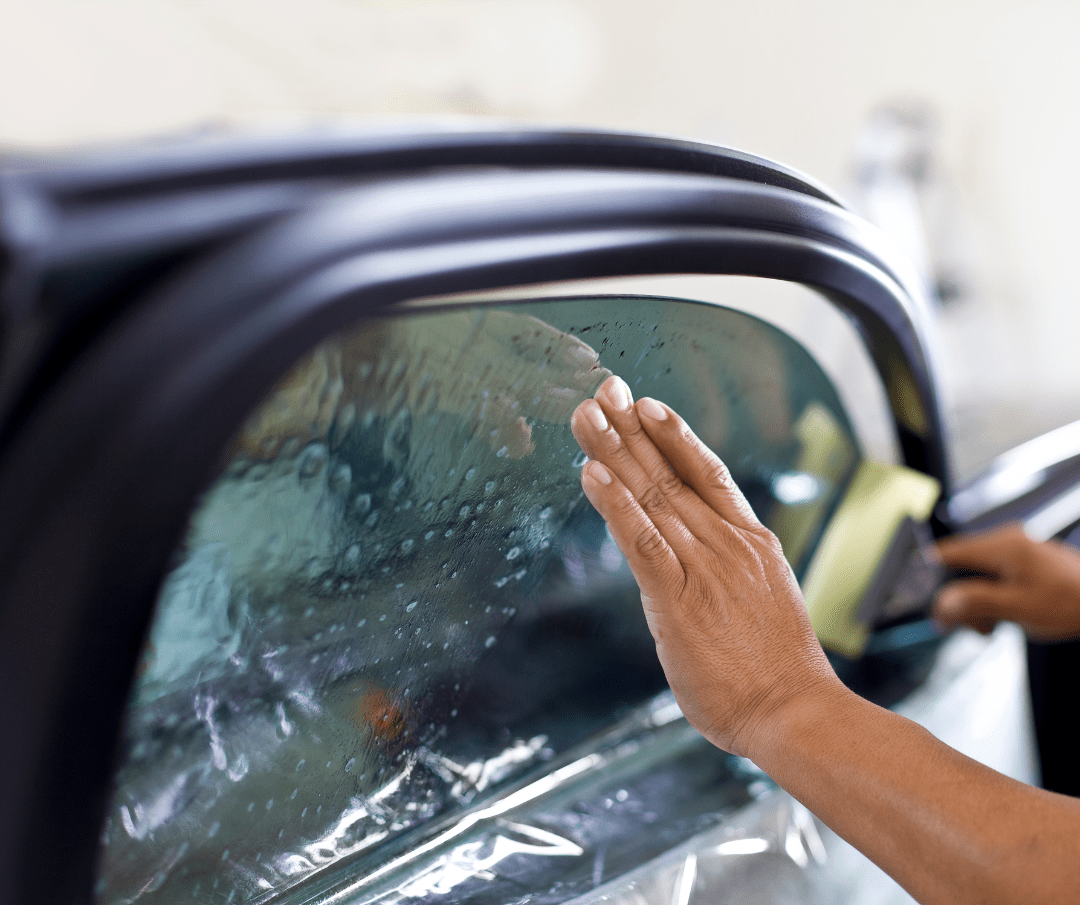
The cosmos is a vast and unpredictable expanse, often presenting unexpected challenges to the technology we deploy to explore it. Recently, the European Space Agency’s (ESA) Gaia spacecraft experienced a dramatic episode that underscores the perilous environment of outer space. Double trouble: Gaia hit by micrometeoroid and solar storm is a stark reminder of the unpredictable hazards faced by our orbiting observatories.
Gaia’s Mission and Its Importance
Launched in December 2013, the Gaia spacecraft has been pivotal in mapping the Milky Way with unprecedented precision. Its mission is to chart a three-dimensional map of our galaxy, cataloging over a billion stars, planets, comets, and asteroids. By doing so, Gaia helps scientists understand the formation and evolution of the Milky Way, revealing the complex dynamics and underlying structure of our galactic neighborhood.
The Micrometeoroid Impact
In the silent vacuum of space, micrometeoroids—tiny fragments of asteroids or comets—travel at extraordinary velocities. These particles, often no larger than a grain of sand, pose a significant threat to spacecraft. On June 14th, Gaia encountered one such threat. Double trouble: Gaia hit by micrometeoroid and solar storm began with this first blow. The micrometeoroid collided with Gaia’s primary mirror, creating a slight but noticeable dent. While the damage was not catastrophic, it did cause minor distortions in the data being collected.
The impact’s immediate effect was a subtle loss in the clarity of Gaia’s observations. Despite this, the spacecraft’s robust design and the team’s quick response mitigated more severe consequences. Engineers recalibrated the instruments to account for the new irregularities, ensuring that Gaia’s mission could continue with minimal disruption. This adaptability is a testament to the meticulous planning and engineering that underpin space missions.
The Solar Storm
As if a micrometeoroid strike was not enough, Gaia faced a second challenge shortly after. On July 3rd, a powerful solar storm erupted from the sun, sending a torrent of charged particles hurtling towards Earth and its orbiting satellites. Double trouble: Gaia hit by micrometeoroid and solar storm continued with this second assault. Solar storms, also known as coronal mass ejections (CMEs), can cause significant disruptions to spacecraft by interfering with their electronic systems and sensors.
The solar storm’s charged particles inundated Gaia, causing spikes in its sensors and temporarily disrupting its data collection. These storms can induce electrical currents in spacecraft, potentially damaging onboard electronics and altering orbits. Gaia’s sophisticated onboard systems went into a protective mode, shielding its sensitive components from the worst of the storm. Despite these precautions, the storm’s intensity led to a temporary loss of data and necessitated a thorough systems check once the storm subsided.
The Combined Challenge
Double trouble: Gaia hit by micrometeoroid and solar storm illustrates the compounded difficulties that space missions can face. Each of these events alone would have been a significant challenge; together, they tested the resilience and flexibility of both the spacecraft and its supporting team on Earth. The dual nature of the incident required immediate and coordinated responses to ensure Gaia’s continued functionality.
Engineers and scientists at ESA’s mission control center worked tirelessly to address the issues. They analyzed the data to understand the extent of the damage from the micrometeoroid impact and assessed the impact of the solar storm on Gaia’s instruments. This involved a series of diagnostics and recalibrations to bring the spacecraft back to optimal performance. The incident also provided valuable data on how such events affect spacecraft, informing future designs and protective measures.
The Resilience of Gaia
Gaia’s ability to withstand these dual threats and continue its mission is a remarkable feat. The spacecraft’s design includes numerous redundancies and protective measures to handle such unforeseen events. Its primary mirror, though slightly damaged, continues to function, and the recalibrated instruments still deliver high-quality data. This resilience is crucial for long-duration missions, where encountering harsh space weather and micrometeoroid impacts is almost inevitable.
Implications for Future Missions
Double trouble: Gaia hit by micrometeoroid and solar storm has broader implications for the future of space exploration. It underscores the necessity of building robust and adaptable spacecraft capable of surviving the myriad hazards of space. Engineers must consider not just the primary mission objectives but also the myriad risks from the space environment.
Future missions can learn from Gaia’s experience, enhancing protective measures against micrometeoroid impacts and improving shielding against solar storms. This might include more resilient materials, advanced shielding technologies, and better predictive models for space weather. Additionally, the incident highlights the importance of rapid response capabilities and the need for continuous monitoring and adjustment of spacecraft systems.
The Continuing Mission
Despite the double trouble Gaia faced, the mission continues to thrive. The data Gaia collects is invaluable, providing insights into the structure, dynamics, and history of our galaxy. The resilience demonstrated by Gaia in the face of these challenges highlights the robustness of ESA’s engineering and the dedication of its mission team.
In the grand scheme of space exploration, such incidents are part and parcel of the journey. They test our technology, our problem-solving abilities, and our resolve to push the boundaries of what we know. Double trouble: Gaia hit by micrometeoroid and solar storm is a compelling narrative of resilience and adaptability in the face of adversity, showcasing humanity’s unyielding quest to explore the cosmos and unlock its mysteries.
As Gaia continues its voyage, mapping the stars and expanding our understanding of the universe, it stands as a testament to human ingenuity and the spirit of exploration. Each challenge it overcomes adds to our collective knowledge, preparing us for even more ambitious endeavors in the future.




